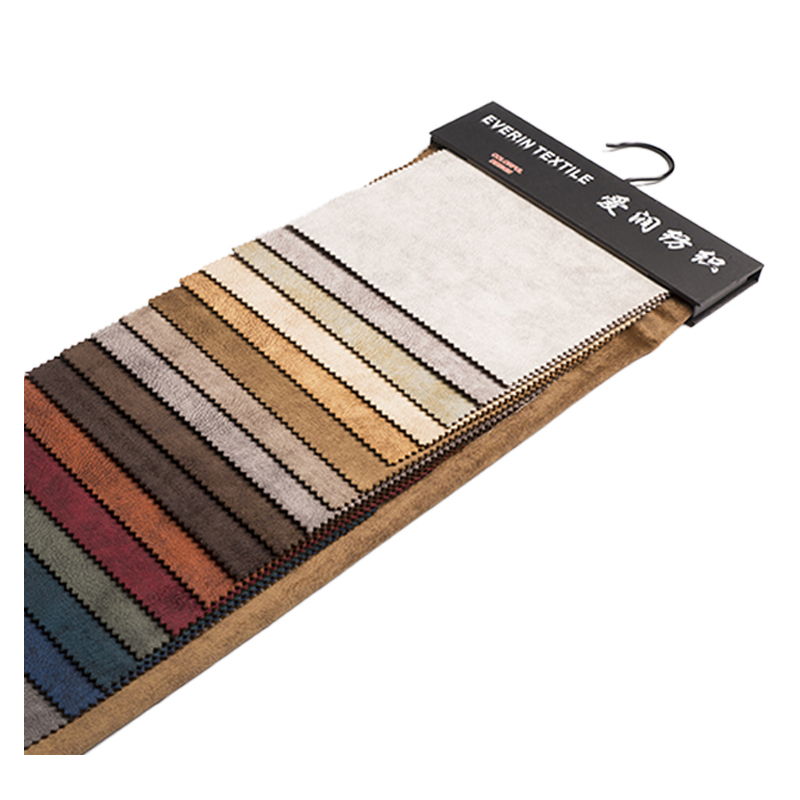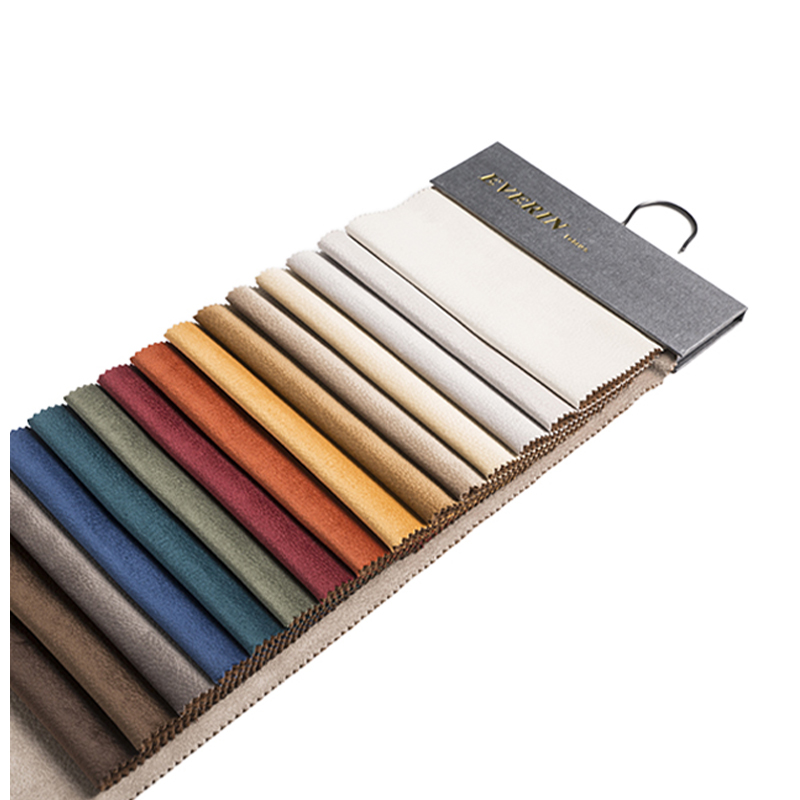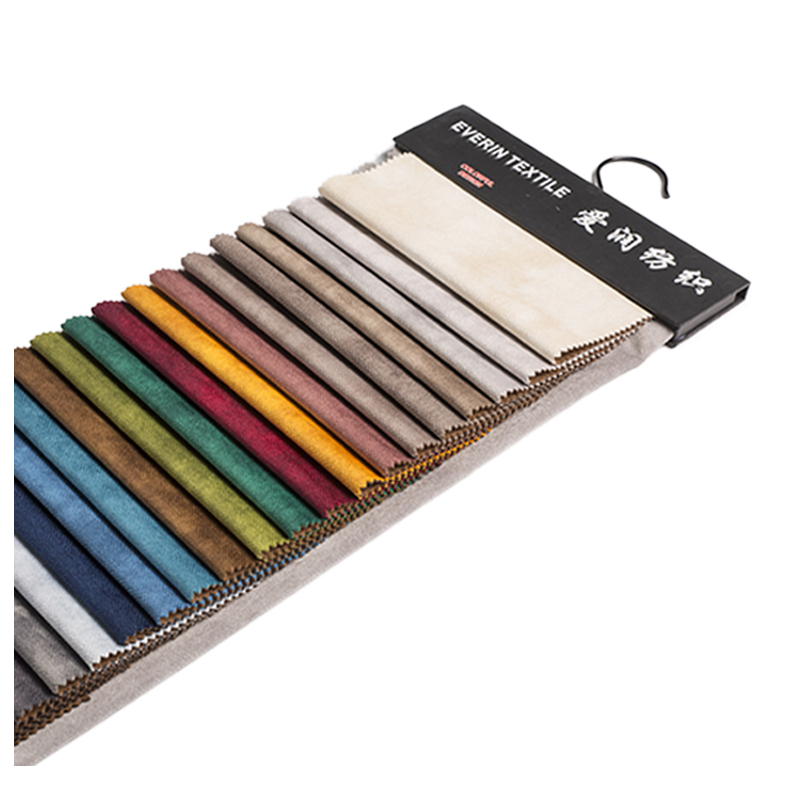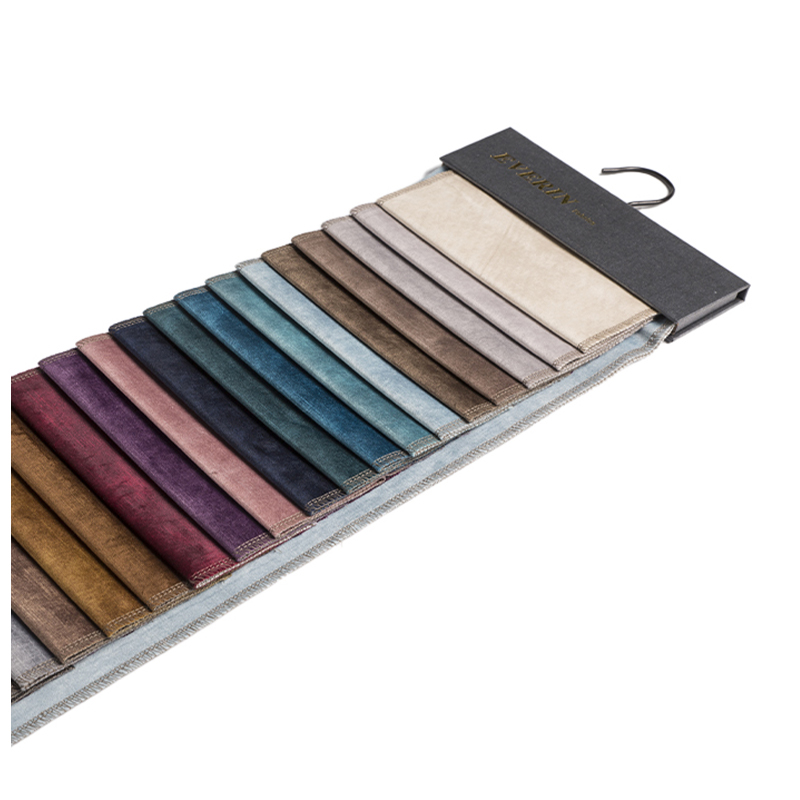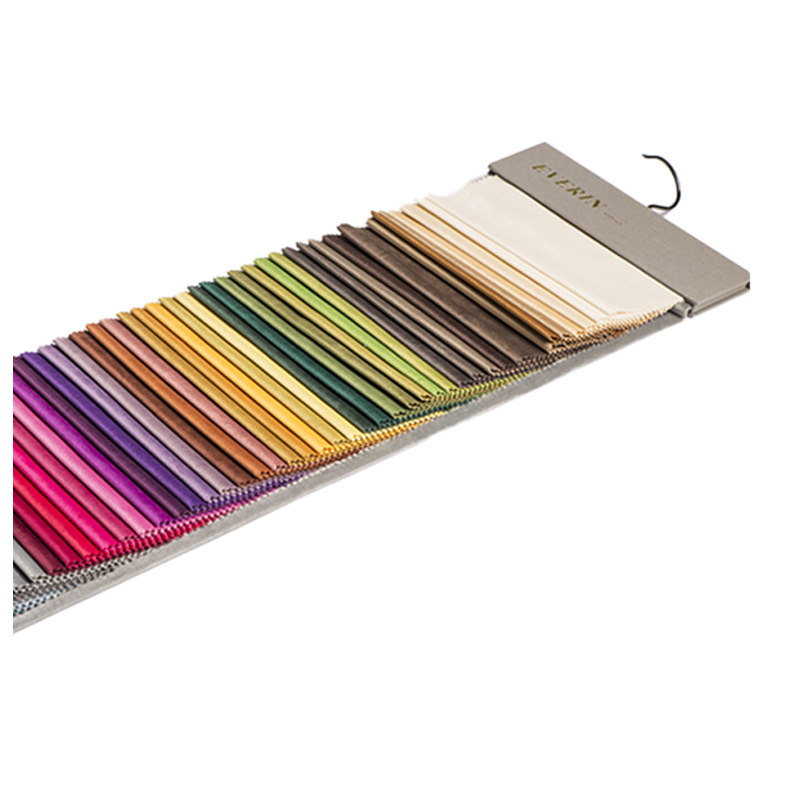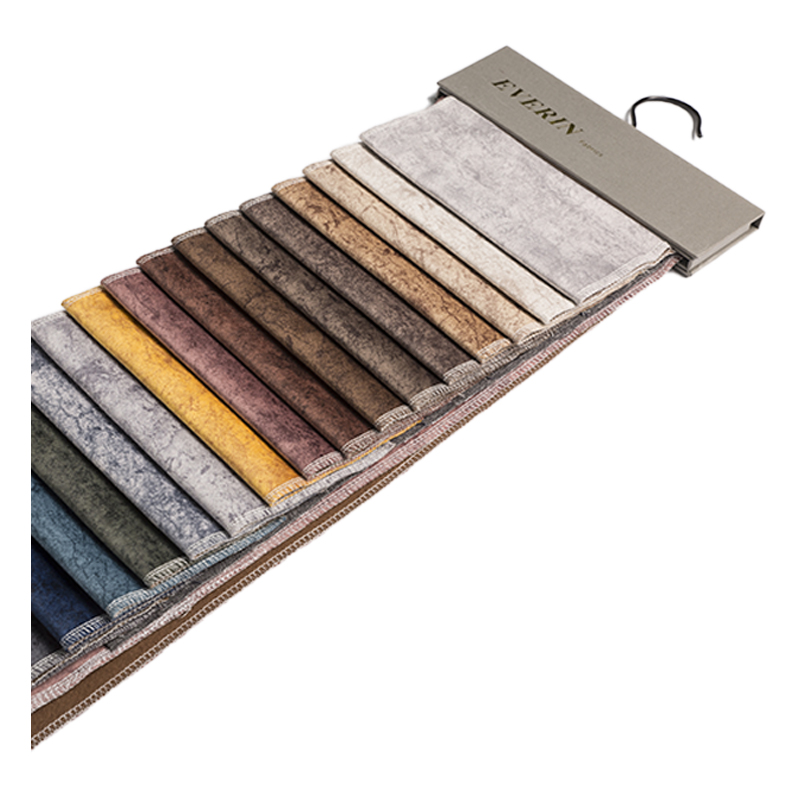Printing Velvet Fabric
Printing Velvet Fabric is a very soft, luxurious, and opulent material that is popular for clothing, upholstery, and home decor. It is made from a variety of fibers, including cotton, silk, rayon, polyester, and blended materials such as wool and linen. It is also a very versatile material that can be used for a wide range of purposes and is available in a wide variety of colors and patterns.
Printing on Velvet fabrics is a great way to add a unique, customized design to any project! These fabrics can be printed with a variety of different patterns and designs, including geometric, floral, abstract, and animal prints.
The velvet printing process involves laying the printed pattern on the fabric and using specialized equipment to apply it. These prints can be done on a large scale or a smaller one, depending on the size of the project and the number of colors that need to be printed.
Digital printing on Velvet is a great way to make the most of the texture and softness of velvet. It is especially suited for projects that require a high level of detail and color saturation, such as apparel, accessories and interior decoration.
There are two main methods of printing on velvet fabric: Direct To Garment (DTG) and roll-to-roll printing. Both methods can be used for different kinds of fabrics, and they each have their own advantages and disadvantages.
DTG is the most commonly used method of printing on velvet fabric, and it's usually less expensive than rolling-to-roll printing. It can be applied to a variety of fabrics, including natural and synthetic, and is suitable for larger projects such as quilts and blankets.
Reactive dyes are another option for printing on velvet fabric. These dyes, which are acidic, adhere well to the surface of the fabric and allow for more detailed, saturated, and durable prints. They are, however, a bit more expensive and less eco-friendly than pigment inks.
When deciding on the method of printing on velvet fabric, it is important to consider the type of dyes that will be used and the amount of fabric that needs to be printed. If you are going to print on a large volume of fabric, it is advisable to use pigment inks, as this technique requires a much less complicated and time-consuming process than reactive dyes.
Generally speaking, reactive dyes are only used on larger quantities of fabric (a few bolts) or for very complex projects that are both full of saturated colors and durable. This is because reactive dyes are a bit more invasive and therefore not the best choice for small or quick-turnaround orders.
In addition to this, reactive dyes are generally not suitable for a wide range of fabrics as they can "bite into" the fabric, making it unsuitable for most uses. For this reason, the most common option for digital printing on velvet fabric is to use pigment inks. These inks are much more affordable than reactive dyes, and they can be applied to a wide variety of fabrics, including cotton, polyester, wool, and silk.

Upholstery fabric / Holland velvet fabric / Printing fabric / Sofa & Chair fabric / Warp knitting fabric – Item No.: AR323
|
Top fabric: |
210gsm holland velvet with printing |
|
Backing: |
30gsm pongee |
|
Width: |
142cm |
|
Composition: |
100% polyester |
|
Use: |
Sofa & Chair |
|
Color fastness to light: |
3-4 |
|
Color fastness to drycleaning: |
4-5 |
|
Color fastness to rubbing: |
4-5 |
|
Abrasion resistance : |
>50000 rubs |

 English
English Español
Español